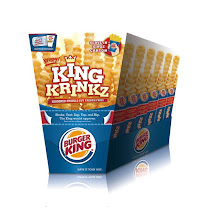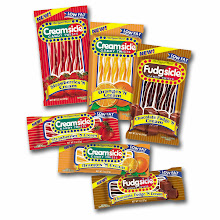 Unless you’re from the Midwest, you might never have heard of Meijer (pronounced “MY-ER”). But in the Rust Belt, the store has thrived while other businesses have gone elsewhere, so much so it’s now considered a “major” player in the grocery retailing channel and a strong competitor against the Beast of Bentonville. Meijer operates 188 stores across a five-state area: 98 in Michigan, 40 in Ohio, 27 in Indiana, 15 in Illinois and 8 in Kentucky, opening around 10 stores each year. The privately-held company does not release data, but sales are estimated at $14bn. While that's barely a rounding error for Wal-Mart, the largest food retailer, Meijer is showing others how to compete with chain discounters. And at a time when many are looking to reduce their footprint and cut back expansion, the company continues to pin its strategy on 200,000-square-foot behemoths that it pioneered with the Thrifty Access format in 1962, almost 25 years before WM did its first Super Center.
Unless you’re from the Midwest, you might never have heard of Meijer (pronounced “MY-ER”). But in the Rust Belt, the store has thrived while other businesses have gone elsewhere, so much so it’s now considered a “major” player in the grocery retailing channel and a strong competitor against the Beast of Bentonville. Meijer operates 188 stores across a five-state area: 98 in Michigan, 40 in Ohio, 27 in Indiana, 15 in Illinois and 8 in Kentucky, opening around 10 stores each year. The privately-held company does not release data, but sales are estimated at $14bn. While that's barely a rounding error for Wal-Mart, the largest food retailer, Meijer is showing others how to compete with chain discounters. And at a time when many are looking to reduce their footprint and cut back expansion, the company continues to pin its strategy on 200,000-square-foot behemoths that it pioneered with the Thrifty Access format in 1962, almost 25 years before WM did its first Super Center.The company is celebrating its 75th anniversary this year, and industry analysts say it is well-positioned to ride out the recession, though the large-footprint stores make securing expansion locations tougher, except in rural areas. Price has been the key driver for Meijer’s success, with theirs running 8-10% lower than competitors. Promotions are the other key to driving sales.
One advantage for the Grand Rapids, MI-based firm is that it’s privately-held and doesn’t answer to Wall Street or private equity investors demanding quick results or fat margins. While small stores have a lower break-even point, larger ones generate higher profits due to economies of scale. And since Meijer doesn’t compete in most urban markets, it’s insulated from the problems of finding the right store property.
Currently Meijer is growing most rapidly in the suburbs of Chicago, Cleveland, Detroit, Cincinnati and Louisville. Targeted areas include Wisconsin and Missouri. Staying close to the Great Lakes region has allowed Meijer to build its brand with consumers. Expansion in the prime Chicago market, for example, has been by slashing prices and stressing selection in produce and meats in competition with established chains like Jewel and Dominick's, and hasn’t been shy about going head-to-head in commercials touting Meijer’s as "a better store than the other guys." Wal-Mart has not been a factor in the Chicago food retailing marketplace, so Meijer has the low-price white spaces to itself currently. Given their reliance on large stores, this may change over time, as options closer-in to Chicago will likely prove too expensive. The rapid expansion of the suburban housing market fit nicely with Meijer’s growth plans, but the downturn in the economy may keep more shoppers in the city and out-of-reach.
To read Part Two, click here
Excerpted from BSLG's weekly subscription news reader service Food Business News. To subscribe or for information about licensing, contact Broad Street Licensing Group (tel. 973-655-0598)
.gif)











No comments:
Post a Comment
Note: Only a member of this blog may post a comment.